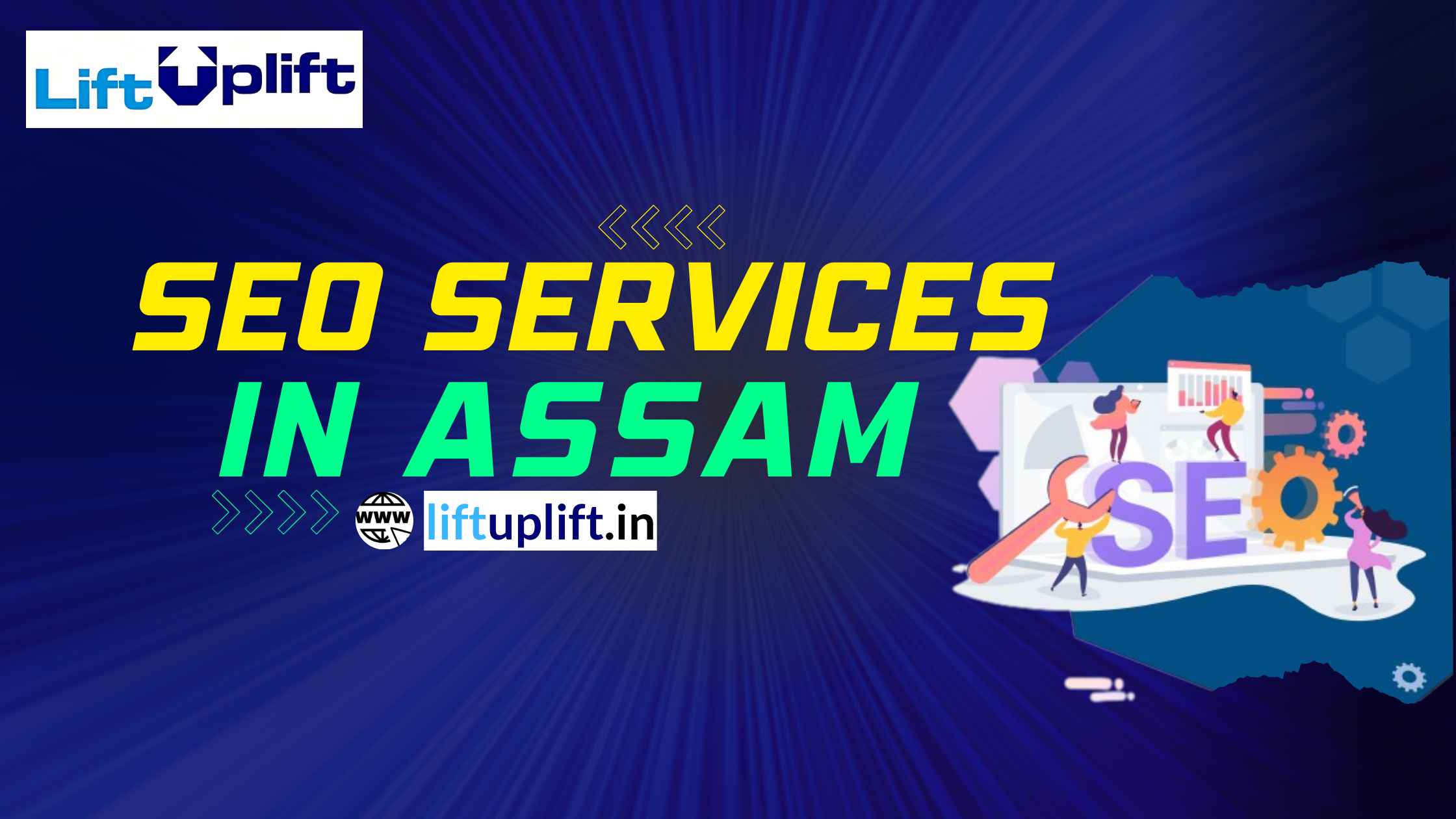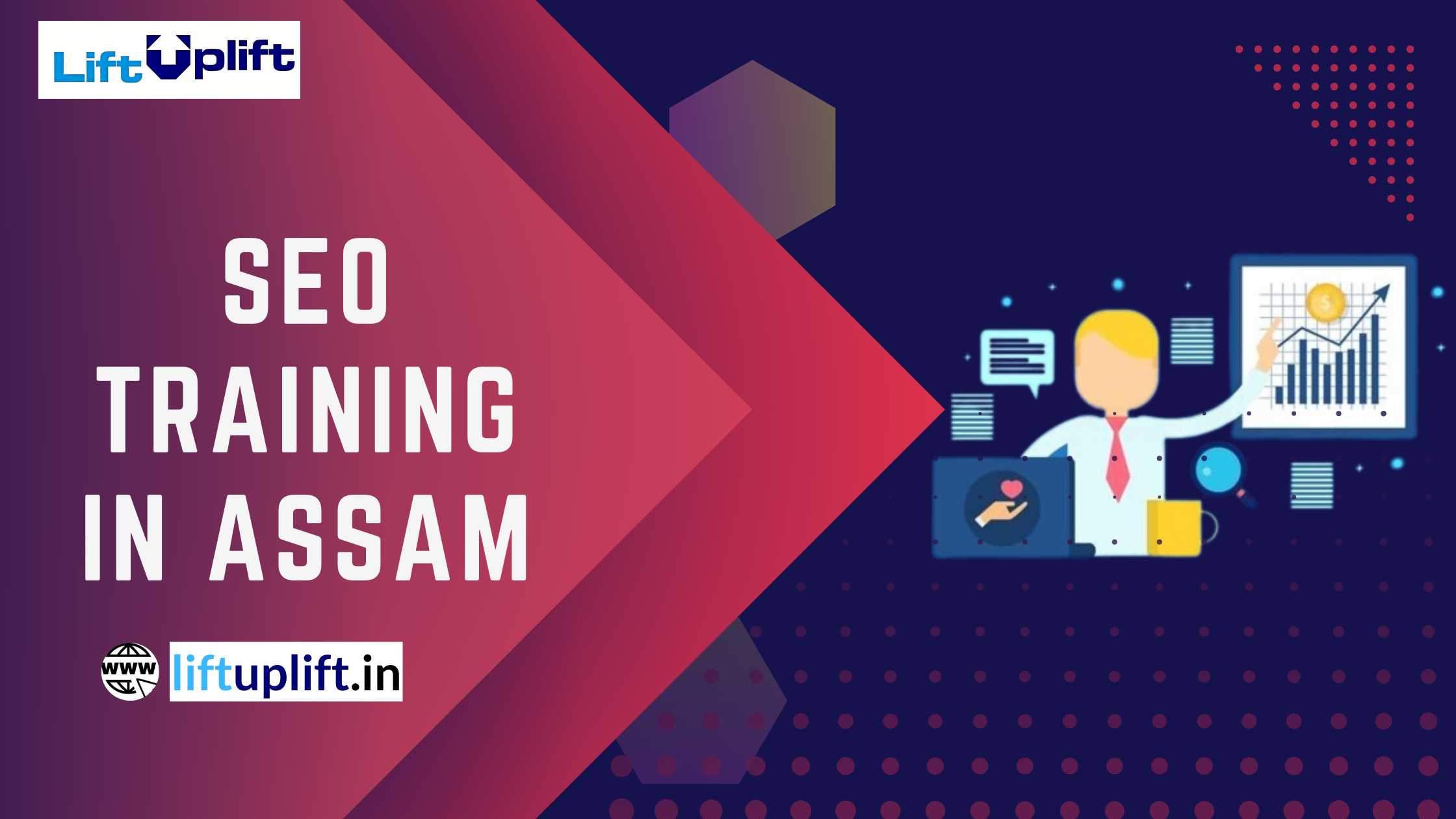“What is on-page SEO?” – On-page SEO is an optimization technique that involves optimizing individual web pages to rank higher and earn more relevant traffic in search engines. It focuses on improving the content, structure, and HTML code of a website to make it more search-engine friendly.
On-page SEO includes optimizing the content with keywords, creating meta tags, and ensuring the website’s accessibility and usability. In simple terms, on-page SEO is all about making sure the website is optimized for both search engines and users.
By focusing on on-page SEO, you can increase the visibility and relevance of your website, leading to higher rankings and increased traffic.
[aux_divider width=”medium” style=”solid” margin_top=”20″ margin_bottom=”20″ extra_classes=””]
Importance of On-page SEO: Why Your Website Needs It
On-page SEO is a crucial aspect of any digital marketing strategy, as it directly affects a website’s ranking in search engine results. By optimizing individual pages, you can improve the website’s visibility and relevance, leading to higher rankings and increased traffic.
Here are some key reasons why on-page SEO is important:
# Better Search Engine Visibility:
Search engines rely on specific signals from websites to determine their ranking in search results. By optimizing the content, structure, and HTML code of a website, search engines can easily crawl and understand the content, leading to better visibility.
# Increased Relevance:
On-page optimization includes the use of relevant keywords, meta tags, and title tags. This makes it easier for search engines to understand what the page is about and match it with relevant search queries, leading to increased relevance.
# Improved User Experience:
On-page optimization also improves the user experience on the website. A well-optimized website is easier to navigate, provides valuable information, and engages visitors, leading to higher engagement and a lower bounce rate.
# Boosts Credibility:
A website that provides a positive user experience and is well-optimized for search engines is more likely to be viewed as credible by visitors. This, in turn, can increase the chances of visitors becoming customers and improve conversions.
Ultimate On-page SEO Checklist: Your Key to Unlocking Higher Rankings
Here are some key elements that should be included in an on-page SEO checklist:
1. Keyword Research:
The first step in on-page optimization is to identify the keywords you want to target. This will inform the content strategy and help you determine which keywords to use in the page title, meta tags, and body content.
2. Content Optimization:
Content is king, and it’s important to make sure that your website’s content is optimized for both search engines and users. This includes using relevant keywords in the page title, meta tags, and body content, as well as ensuring that the content is engaging, informative, and of high quality.
3. URL Structure:
The URL structure of a website should be well-organized, easy to understand, and include relevant keywords. This helps search engines understand the hierarchy of the website and improves visibility.
4. Header Tags:
Header tags (H1, H2, H3, etc.) are important for both search engines and users. They help search engines understand the hierarchy of the content and make it easier for users to navigate the page.
5. Image Optimization:
Images can greatly improve the user experience on a website, but it’s important to make sure that they are optimized for search engines. This includes using descriptive file names and alt tags, as well as compressing the images to improve page load times.
6. Mobile Optimization:
With the majority of internet traffic coming from mobile devices, it’s crucial to make sure that your website is optimized for mobile. This includes ensuring that the website is responsive and loads quickly on mobile devices.
7. Page Load Speed:
Page load speed is a critical ranking factor, and it’s important to make sure that your website loads quickly. This can be achieved through a variety of methods, including optimizing images, compressing files, and reducing the number of plugins.
By following an on-page SEO checklist, you can ensure that your website is well-optimized for both search engines and users, leading to higher rankings, increased traffic, and improved conversions.
Step-by-Step Guide to On-page SEO Mastery: Boost Your Rankings Now
To implement an effective on-page SEO strategy, it’s important to understand how to optimize your website’s content, structure, and HTML code. Here are the steps you can take to do on-page SEO:
1. Conduct Keyword Research:
Start by researching keywords that are relevant to your business and target audience. This will help you determine which keywords to target in your on-page optimization efforts.
2. Optimize the Page Title and Meta Description:
The page title and meta description are critical elements of on-page optimization, as they appear in the search engine results. Make sure to include relevant keywords in these elements and keep them concise and descriptive.
3. Use Header Tags:
Header tags (H1, H2, H3, etc.) are important for both search engines and users. They help to structure the content and make it easier for users to navigate the page.
4. Optimize the Content:
Make sure that your website’s content is optimized for both search engines and users. This includes using relevant keywords in the page title, meta tags, and body content, as well as ensuring that the content is engaging, informative, and of high quality.
5. Image Optimization:
Images can greatly improve the user experience on a website, but it’s important to make sure that they are optimized for search engines. This includes using descriptive file names and alt tags, as well as compressing the images to improve page load times.
6. Improve Page Load Speed:
Page load speed is a critical ranking factor, and it’s important to make sure that your website loads quickly. This can be achieved through a variety of methods, including optimizing images, compressing files, and reducing the number of plugins.
7. Monitor and Adjust:
On-page optimization is an ongoing process, and it’s important to monitor your website’s performance and adjust your strategy as needed. Use tools like Google Analytics and Google Search Console to track your website’s ranking and traffic, and make changes to your on-page optimization strategy as needed.
By following these steps, you can optimize your website’s content, structure, and HTML code to improve its visibility, relevance, and ranking in search engine results.
How to learn On-page SEO
Learning on-page SEO can help you improve the ranking and visibility of your website in search engine results. Here are some ways to learn on-page SEO:
# Read Blogs and Articles:
There are many blogs and articles available online that provide in-depth information about on-page SEO. Read as many as you can and stay updated with the latest developments in the field.
# Take Online Courses:
There are many online courses available that cover on-page SEO. These courses are designed to help you learn the basics of on-page optimization, as well as advanced techniques to improve your website’s ranking.
# Attend Conferences and Workshops:
Attending conferences and workshops is a great way to learn about on-page SEO from experts in the field. These events provide an opportunity to network with other professionals and gain hands-on experience with on-page optimization techniques.
# Join Online Communities:
Joining online communities is a great way to learn from other professionals who are interested in on-page SEO. You can ask questions, share your experiences, and learn from others who have gone through the process before you.
# Experiment and Practice:
The best way to learn on-page SEO is by practicing it yourself. Try out different techniques, and monitor your website’s performance to see what works best.
By following these steps, you can gain the knowledge and skills needed to effectively implement on-page SEO on your website.
Remember that on-page optimization is an ongoing process, and it’s important to stay up-to-date with the latest developments in the field.
Benefits of On-page SEO
There are many benefits to implementing an effective on-page SEO strategy. Here are some of the key benefits:
# Improved Search Engine Rankings:
On-page optimization can help to improve your website’s ranking in search engine results. By optimizing the content, structure, and HTML code of your website, you can increase its visibility and relevance, leading to higher rankings and increased traffic.
# Increased Traffic:
By improving your website’s ranking in search engine results, you can also increase the amount of traffic to your website. This can help to generate more leads, sales, and revenue for your business.
# Better User Experience:
On-page optimization can also improve the user experience on your website. By making sure that your website’s content is engaging, informative, and easy to navigate, you can improve the overall user experience and increase the likelihood of conversions.
# Better Brand Awareness:
By improving your website’s ranking and visibility in search engine results, you can also improve your brand’s overall visibility and awareness. This can help to increase your brand’s reputation and establish your business as an authority in your industry.
# Cost-Effective:
On-page optimization is a cost-effective way to improve your website’s ranking and visibility in search engine results. Unlike paid advertising, on-page optimization requires no upfront costs and can provide a long-term return on investment.
By implementing an effective on-page SEO strategy, you can enjoy these benefits and improve the overall performance of your website. Whether you are a small business owner or a large corporation, on-page optimization can help you reach your target audience and achieve your online marketing goals.
Summary
On-page SEO is an optimization technique that involves optimizing individual web pages to rank higher and earn more relevant traffic in search engines. It includes improving the content, structure, and HTML code of a website to make it more search-engine friendly.
The benefits of on-page SEO include improved search engine rankings, increased traffic, better user experience, better brand awareness, and cost-effectiveness.
To learn on-page SEO, one can read blogs and articles, take online courses, attend conferences and workshops, join online communities, and experiment and practice. An effective on-page SEO strategy can help a business reach its target audience and achieve its online marketing goals.
Frequently Asked Questions
Which on-page element carries the most weightage for SEO?
The on-page element that carries the most weightage for SEO is content. Content is king in SEO, and it is important to have high-quality, relevant, and keyword-rich content on your website.
Search engines use the content on a website to understand the topic and relevancy of a page, and to determine its ranking in search engine results. Therefore, it is important to have well-written and well-structured content that is optimized for both search engines and users.
Additionally, other on-page elements such as the title tag, meta description, header tags, and URL structure also play important roles in SEO and should be optimized accordingly.
What is the difference between on-page and off-page SEO?
On-page SEO focuses on optimizing individual web pages to improve search engine visibility. It involves optimizing content, structure, and HTML code.
Off-page SEO focuses on improving a website’s visibility and credibility outside the actual website through activities such as link-building and social media marketing. Both are important for a comprehensive SEO strategy.
How to create an On-page SEO checklist?
To create an on-page SEO checklist, follow these steps:
- Conduct keyword research and choose relevant, high-traffic keywords to target.
- Optimize page titles and meta descriptions to include keywords and be compelling to click.
- Ensure header tags (H1, H2, H3, etc.) are used properly and include keywords.
- Include keywords in the page URL, content, and alt text of images.
- Make sure page content is high-quality, relevant, and provides value to users.
- Use internal links to help users navigate your site and distribute page authority.
- Ensure the website is mobile-friendly and has a fast loading speed.
- Include schema markup to help search engines understand the content on the page.
- Monitor and track website performance and adjust your strategy as needed.
What is Anchor text?
Anchor text is the clickable text in a hyperlink that is used to link one web page to another. It is the visible, clickable text that appears as a link on a web page.
The anchor text serves as a descriptive label for the linked page and helps users and search engines understand the context and relevance of the link.
When creating links, it’s important to choose descriptive and relevant anchor text, as this can have an impact on both user experience and search engine optimization. Overusing exact-match anchor text or using misleading or irrelevant anchor text can result in penalties from search engines.
Which is an example of On-Page SEO?
An example of on-page SEO is optimizing the page title and meta description of a blog post. This includes including relevant keywords in the title and meta description, writing a compelling description to encourage clicks, and keeping the title and description within the character limits set by search engines.
Another example is ensuring the blog post has a well-structured header hierarchy (H1, H2, H3, etc.) and includes the target keywords in the header tags and throughout the content.
Additionally, using descriptive and relevant images, including alt text with keywords, and internal linking to other relevant pages on the website are also examples of on-page SEO techniques.
What are the top factors affecting SEO?
The top factors affecting SEO include
1. Relevant and quality content:
High-quality, relevant, and informative content is crucial for ranking well in search engines.
2. Keyword optimization:
Choosing the right keywords and optimizing website content with those keywords is important for ranking in search results.
3. User experience:
A positive user experience, including a fast-loading website, mobile-friendly design, and easy navigation, can positively impact SEO.
4. Link building:
Quality backlinks from other websites help to establish authority and trust with search engines.
5. Technical SEO:
Properly structuring the website, using header tags, and ensuring the website is crawlable and indexable by search engines are all important technical SEO factors.
6. Social signals:
Engagement and interaction with content on social media can impact the visibility and ranking of a website in search results.
7. Site architecture:
A well-organized and intuitive site architecture can help both users and search engines navigate the website.
8. Local SEO:
Optimizing a business’s presence for local search, including claimed Google My Business listing, correct NAP (Name, Address, Phone) information, and positive reviews, can impact local search rankings.
What is 3C’s in SEO?
The 3C’s in SEO stand for :
1. Content:
High-quality, relevant, and informative content is crucial for ranking well in search engines. Content should be optimized for target keywords and provide value to the user.
2. Context:
The context in which the content appears on the website, such as the page structure, header tags, and internal linking, helps search engines understand the relevance of the content to a specific search query.
3. Credibility:
Building credibility and trust with search engines, including through link building and technical SEO factors, is important for ranking well in search results. Credibility can also be established through brand reputation, user engagement, and social signals.



